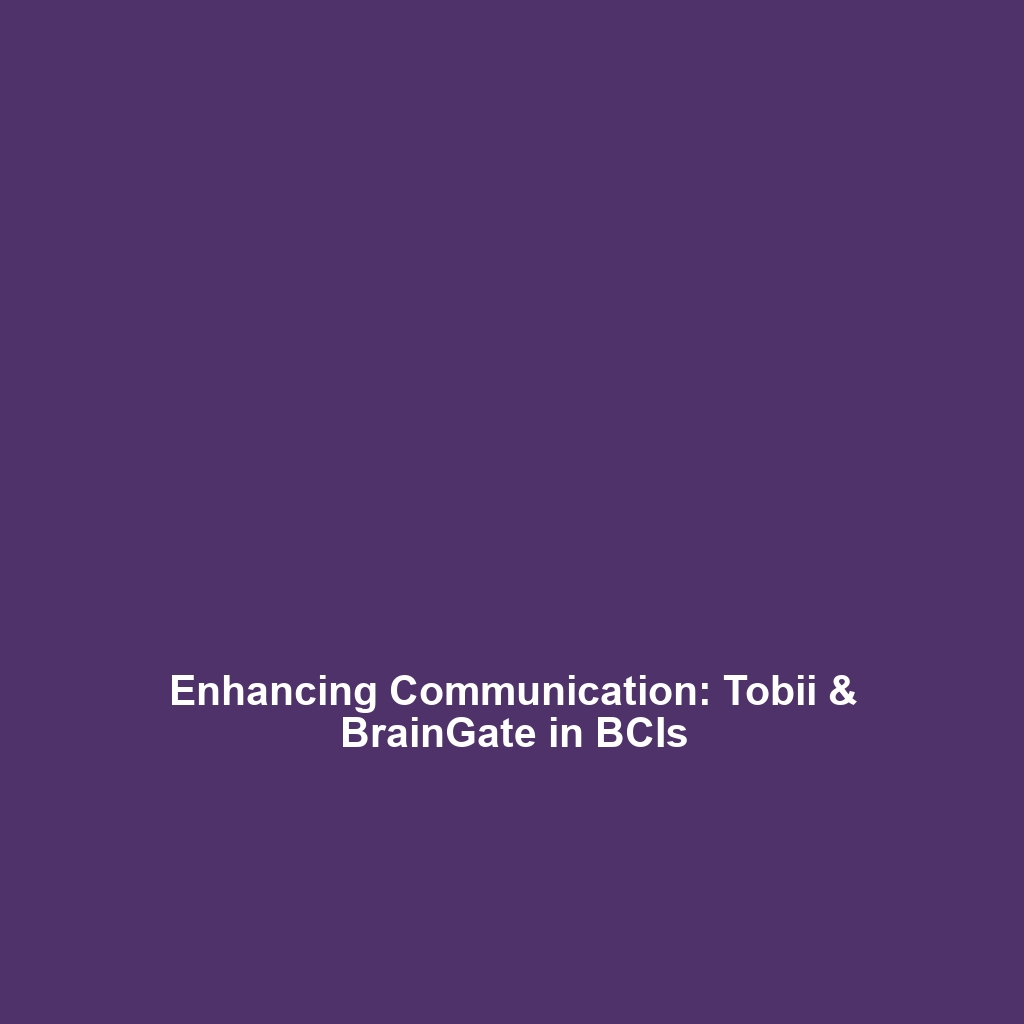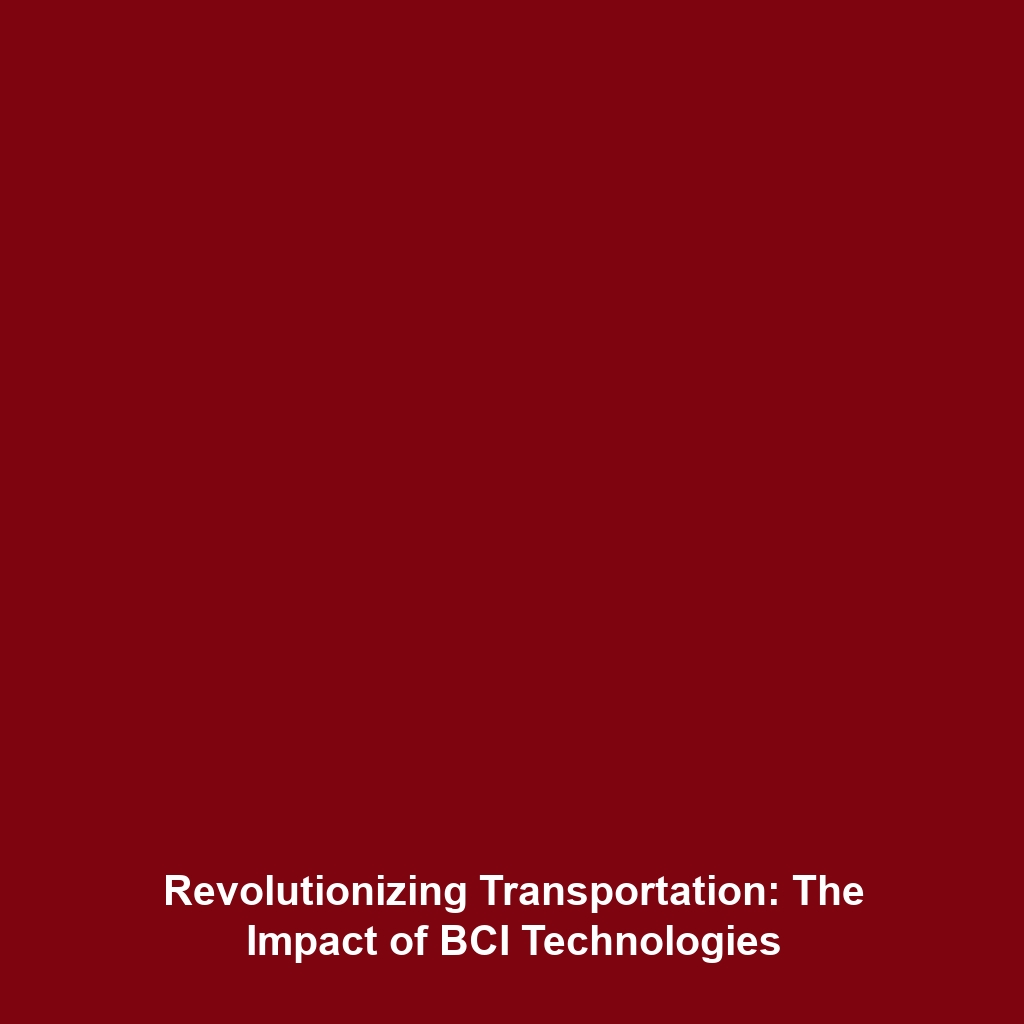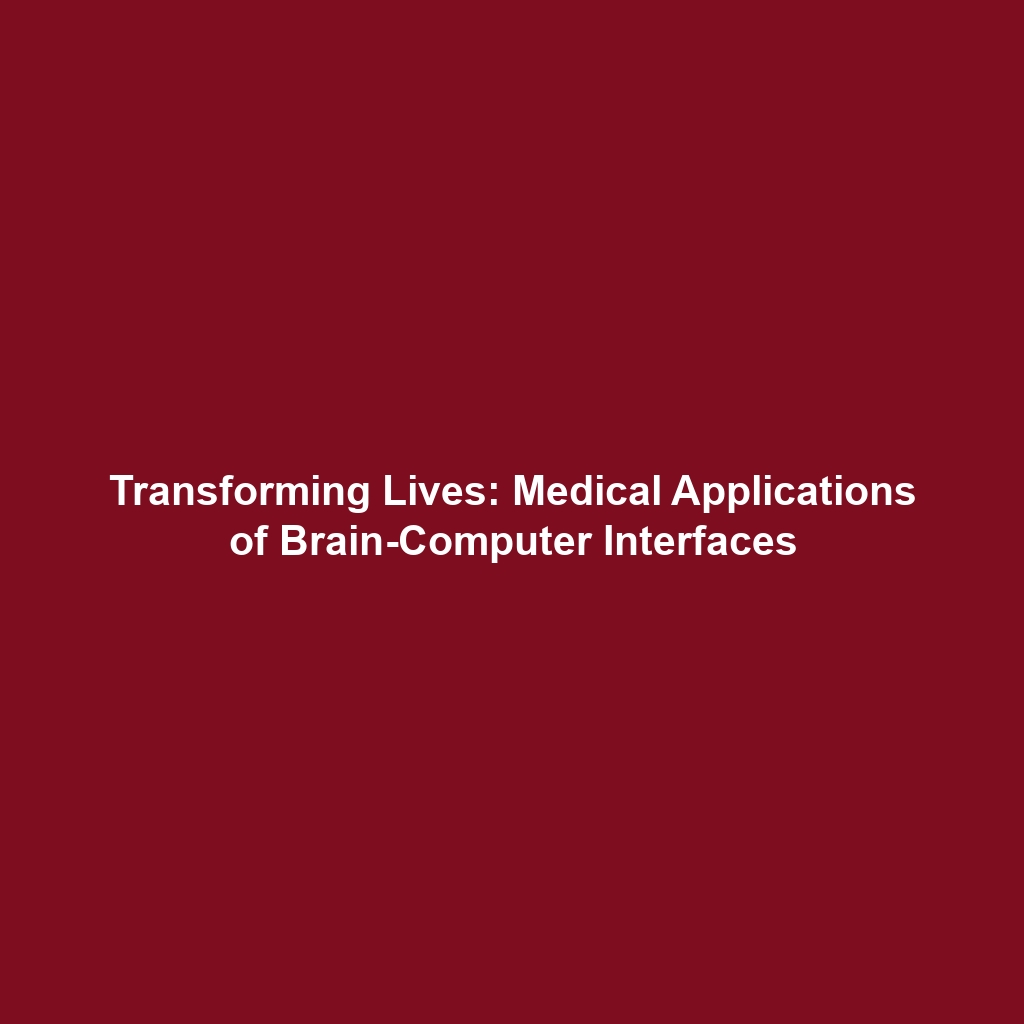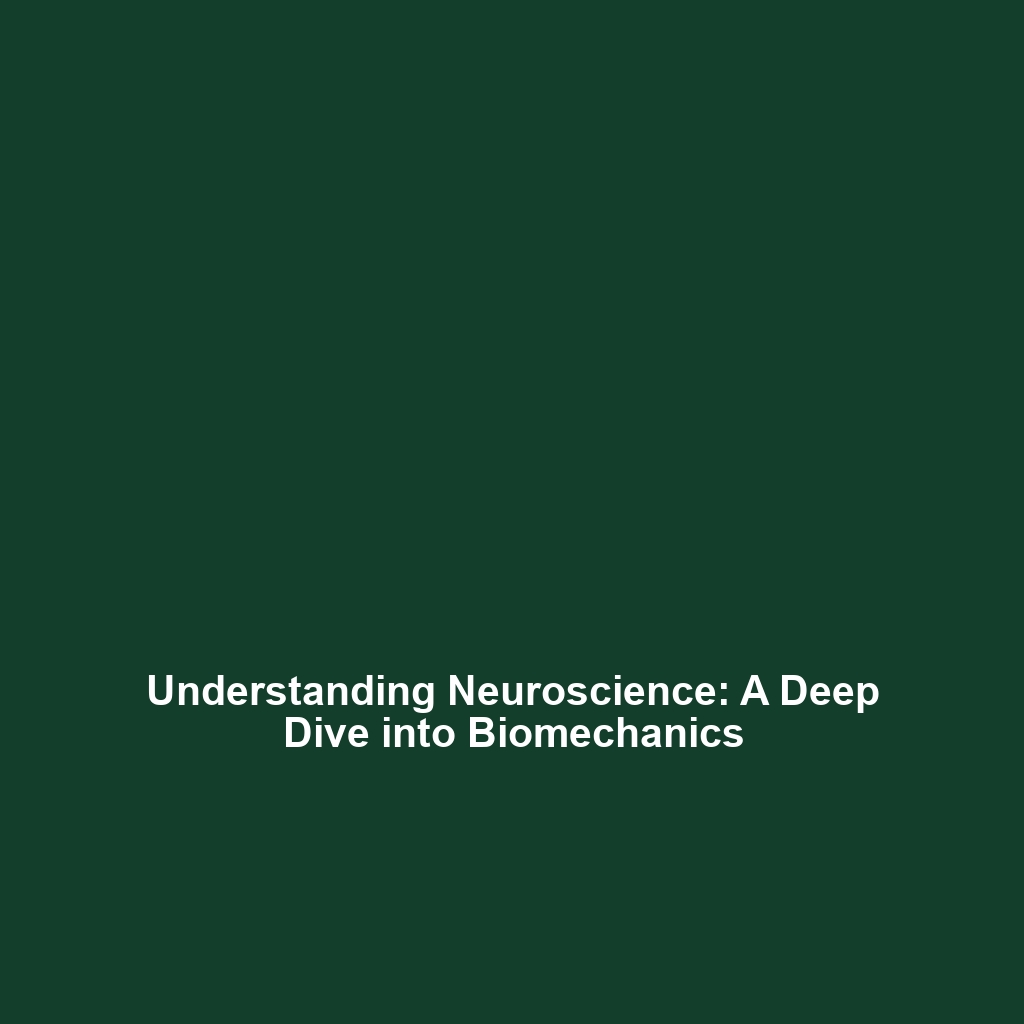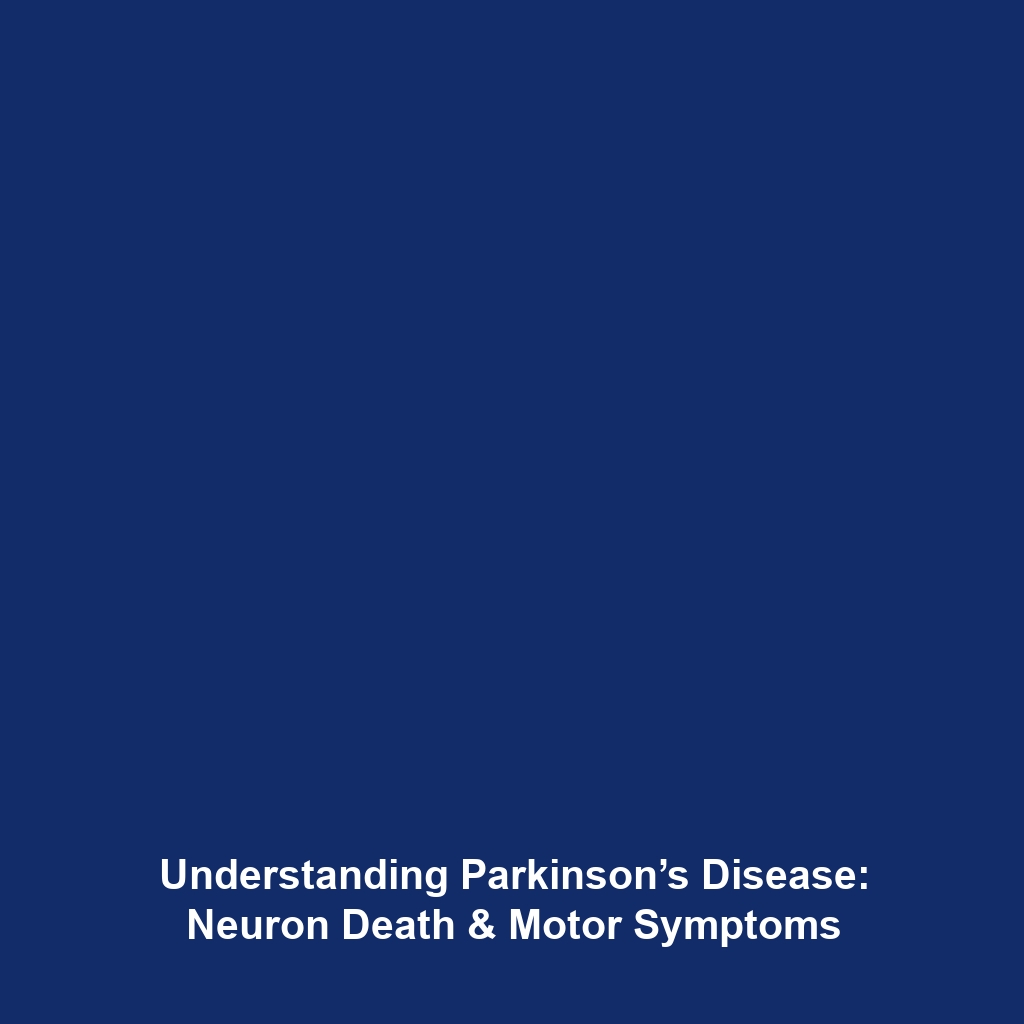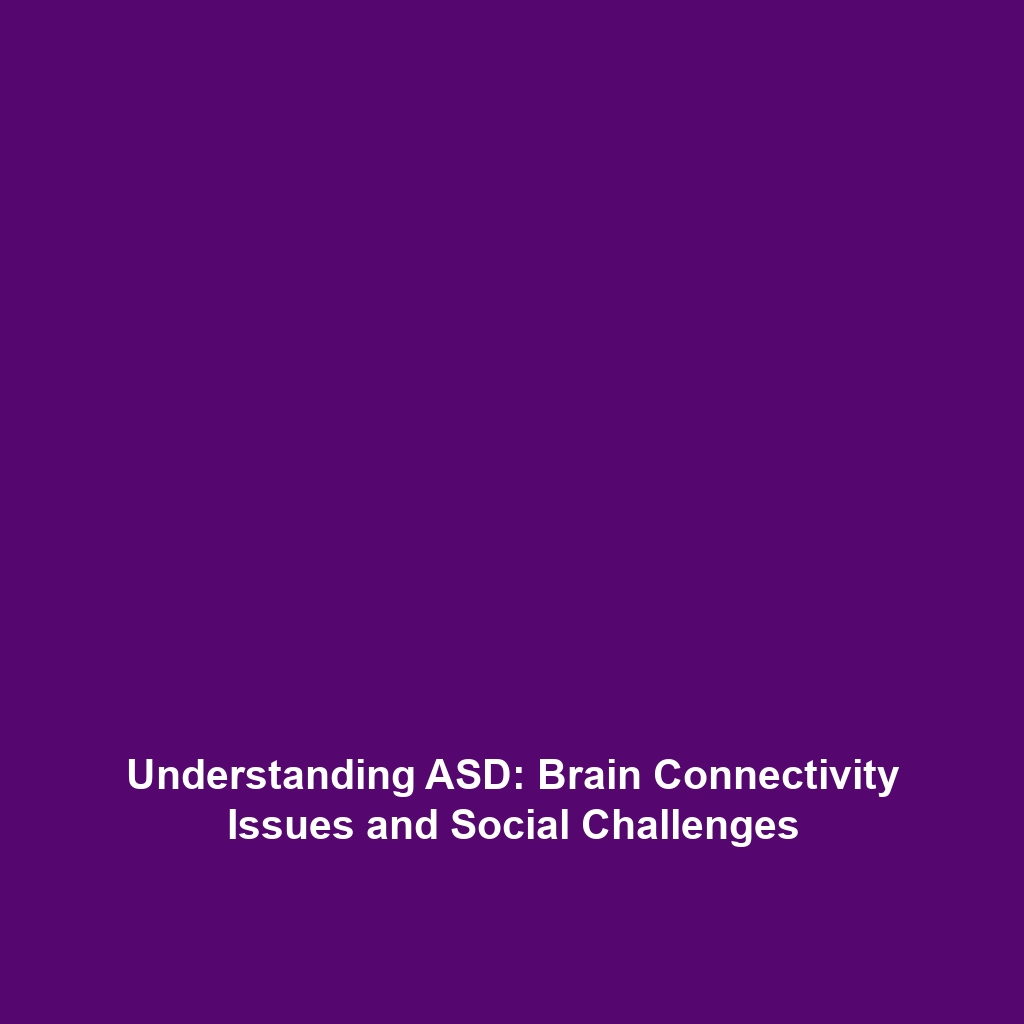Early Research in Brain-Computer Interfaces
Introduction
The concept of Brain-Computer Interfaces (BCIs) emerged in the 1970s, marking a pivotal development in neurotechnology. This early research laid the groundwork for future advancements in the field, involving initial experiments on animal subjects and the development of simple human-machine interfaces. Understanding the significance of this period is crucial as it highlights the foundational principles of BCIs that continue to influence contemporary applications and technologies.
Key Concepts
Foundation of Brain-Computer Interfaces
The initial idea behind BCIs was to create a direct communication pathway between the brain and external devices. Early research focused predominantly on:
- Neural Signal Interpretation: Understanding how electrical signals produced by neurons could be translated into commands for devices.
- Animal Studies: Conducting tests on animals to explore how specific brain regions respond to stimuli and how these responses could be harnessed.
- Human-Machine Interaction: Developing basic interfaces that allowed users to control devices using brain activity, albeit through rudimentary setups.
Applications and Real-World Uses
Early research in BCIs paved the way for various practical applications, including:
- Neuroprosthetics: Devices that restore sensory or motor functions through direct brain interactions.
- Assistive Technologies: Interfaces that help individuals with severe disabilities to communicate and interact with their environment.
- Research Tools: BCIs as instruments in scientific studies aimed at understanding brain function and disorders.
Understanding how early research on BCIs transitioned into these applications provides a testament to the field’s evolution.
Current Challenges
Despite the progress made in BCIs since the 1970s, several challenges remain:
- Signal Quality: Variability in the strength and clarity of neural signals can hinder device performance.
- Ethical Concerns: The implications of interfacing directly with the brain raise significant ethical questions.
- Invasiveness: Many effective BCIs require surgical implantation, which poses risks for patients.
Future Research and Innovations
Looking ahead, the potential for groundbreaking innovations in BCIs seems promising. Upcoming research focuses on:
- Non-invasive Techniques: Exploring methods that allow brain interfacing without surgical intervention.
- Advanced Machine Learning: Utilizing AI to improve signal processing and interpretation.
- Brain Mapping Technologies: Enhancements in mapping brain activity may lead to more precise and effective BCIs.
Conclusion
The early research on Brain-Computer Interfaces in the 1970s marked the beginning of an exciting field that continues to develop rapidly. By understanding the foundational work in animal studies and human-machine interfaces, we gain insight into the trajectory of BCIs today. As the field progresses, ongoing research will unlock new possibilities for enhancing human-computer interaction. For those interested in delving deeper, explore more on neuroprosthetics and assistive technologies.

